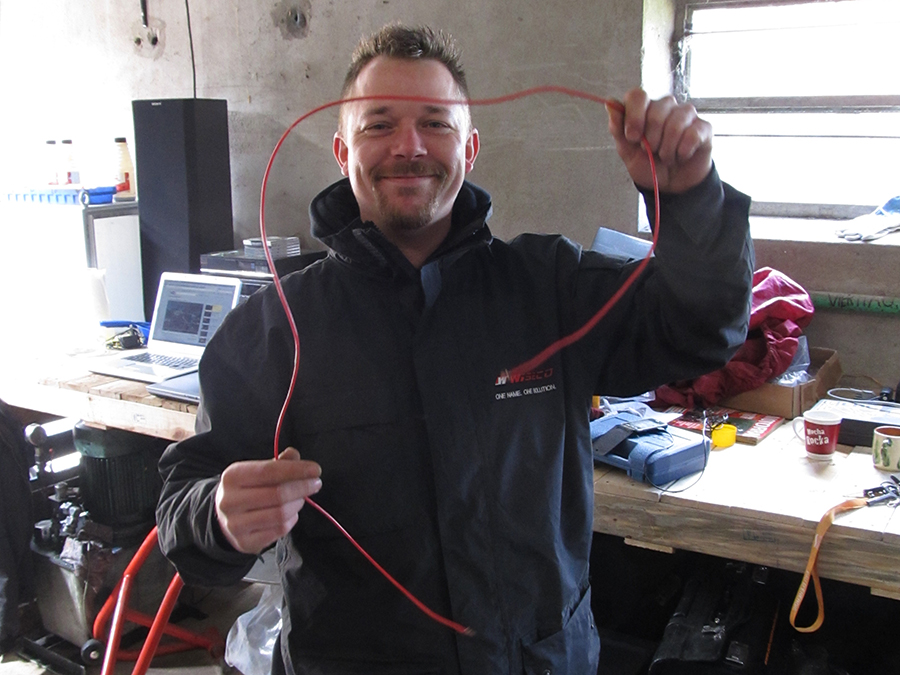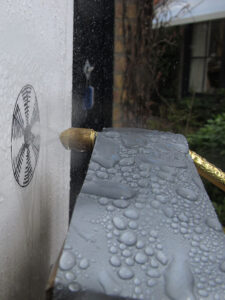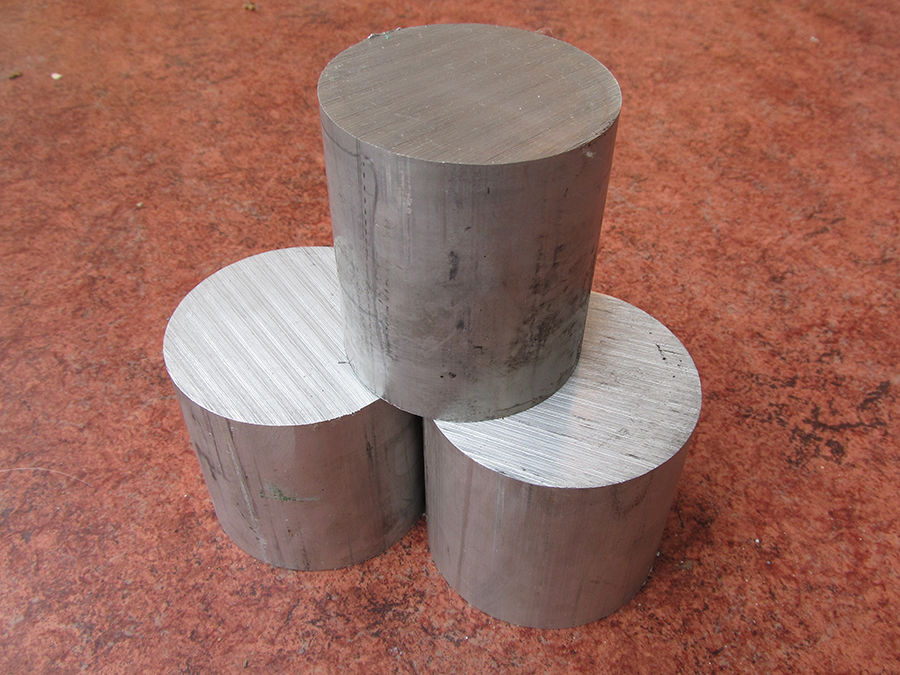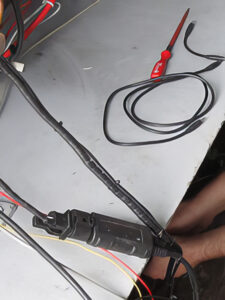 It has been one year since my last V8 update. And another busy year it was.
It has been one year since my last V8 update. And another busy year it was.
I completed the documentation on the V8.
To find the engine’s perfect TDC (Top Dead Center) Peter Scheepers installed a delicate measurement tool. Determining TDC is essential for correct timing the ignition.
 On April 7 2012 we did the second Dyno test. Niels again changed the injector wiring as the bike now has 8 instead of 16 injectors.
On April 7 2012 we did the second Dyno test. Niels again changed the injector wiring as the bike now has 8 instead of 16 injectors.
Me and Klaus (l) enjoy sniffing V8 exhaust gases. It’s unhealthy but hey, most nice things are.
During Dyno II we measured, beside the horsepower, the intake air temperature, which was quite high. Hot air has a low percentage of oxygen which is negative for the engine’s effeciency and performance.
So again a temperature issue. This one might be solved by an intercooler but I don’t have any space for such a big part in my design. An interesting alternative is water-alcohol injection; I gathered quite some information about it on the internet, like this picture.
This system is called a ‘pre-turbo injection’.
The system works as follows: a sensor in the intake manifold tells the motormanagement system how high the turbo pressure is. The manifold also puts pressure on a water container. If boost pressure is above 0,5 bar MegaSquirt opens both solenoids and a fine mist is sprayed through the turbos into the manifold, cooling the air and raising performance.
May 12 2012: Dyno III. We tested the water injection for the first time and it wasn’t a convincing success: for one because of wrong timing (the solenoids opened while cranking) and because the water droplets might be too big to cool the intake temperature efficiently. We’re not too sure to continue with this cooling solution.
August 26 2012: Peter, Niels and me had a meeting. No testing this time, just talking about the next V8 steps to take. Reason: Europe regulations are changing fast and I don’t want to end this bike without official licence plate and papers. So priority from now on shifts from perfect tuning with brutal results to rideable tuning and getting it streetlegal.
Sounds easy and fast but still there’s a lot to be done. For one: the battery died. In the design it had an ideal position (in front of the oil pan) but was killed by my worst technical enemy a.k.a. heat. Finding a cool new place was quite a challenge because there are no really cool places at my bike. And the design had to be protected, of course.
The ideal solution would be, of course, to hide the battery from sight. An obvious location might be the frame tubes. I found some really potent small ones on the internet, and some useful videos on YouTube how to connect them to a battery. Why this plan failed? Wiring would be very long, inefficient and vulnerable. And these kind of batteries don’t take any errors as they tend to … explode.
While surfing I came across 3Tek Engineering, a young Dutch innovative company. Sander Prins from 3Tek and I put in a lot of effort to find the right solution for my bike: two new relatively small but very strong Lithium Ion (‘LiFePO4’) batteries.
Again there was Trouble in Lambda Paradise: faulty firmware this time.
We replaced the defective boost valve (‘PWM’) by a new Pierburg N75. As you’ve read above elektronics is a complex matter, not only for us but apparently even for manufacturer Pierburg, as we read in their manual. A challenge: find out the error in one of the three pink rectangles.
After Dyno VI I continued optimizing the bike. I needed to maximize the cooling capacity of the bike so I considered to make a new and thicker cooler. Chris Jansen convinced me that thickening from the current 30mm to 43mm wouldn’t even bring me 5% more cooling.
Last month Peter, Klaus and I visited seventyfive year old bike legend Fritz Egli in Switzerland. We discussed Egli’s attempt in 2014 to break his own sidecar landspeed record at Bonneville. And discussed the possibility to take my V8 along with it for the same reason. Nice dream, that’s for sure, but priority is getting the bike street legal.
To be continued … here.



























































